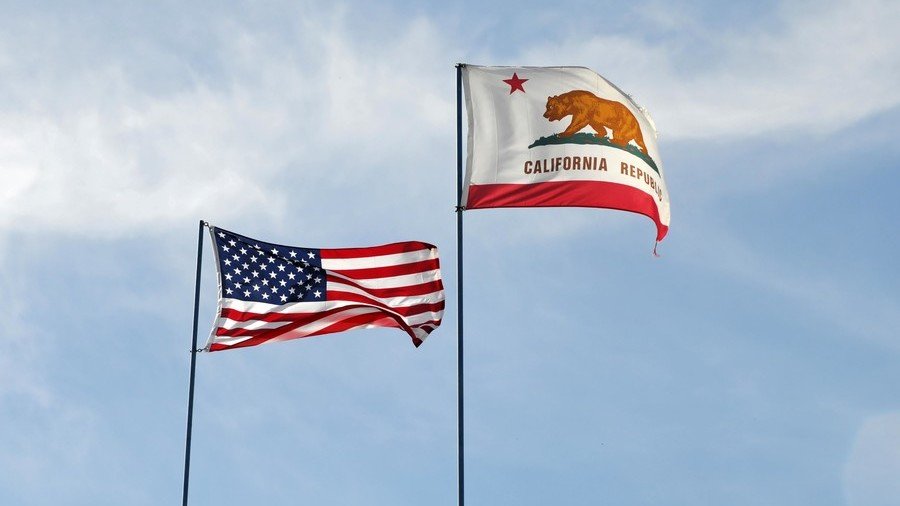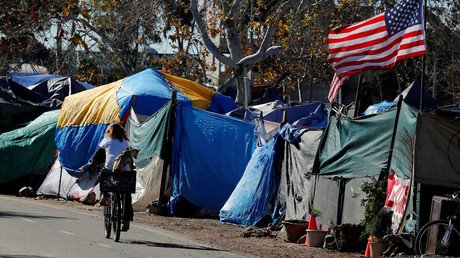Proposal to split California into 3 states goes to ballot

A proposal by billionaire venture capitalist Tim Draper to split California into three states has gathered enough verified signatures to be put to a vote this November.
After campaigning began last August, the CAL 3 campaign had gathered 600,000 signatures supporting the split by April this year. Now that the California Secretary of State’s office has confirmed the validity of 420,000 of these signatures, Californians will vote on the proposal alongside the midterm elections this November.
Draper’s proposal envisions splitting California into three separate states: Northern California, which would include San Francisco and Sacramento; Southern California, including San Diego, San Bernardino, and the Mojave Desert; and California, a sliver of coastline taking in Los Angeles and surrounding areas.
The three proposed states are split fairly evenly by population, but differ in terms of median income and leading industry. The massive wealth generated by Silicon Valley has driven median household income in Northern California to $63,000. Southern California depends more on manufacturing and wholesale, and has a median household income of $45,000.
Draper argues that the three diverse regions would be better served by their own, smaller governments.
Not everybody agrees with Draper. Joe Rodota, a political consultant and founder of intelligence services company Forward Observer, described the ballot to CBS as “a waste of time,” and one that makes some issues unnecessarily complicated.
"There are a lot of good ideas that come out of Silicon Valley and this isn't one of them," he said. “How are you going to tell a family that lives in Los Angeles they have to pay out of state tuition to go to Berkeley?"
Even if Draper’s measure passes the vote in November, it will still have to be authorized by Congress, which would then face the prospect of diluting their power by creating four new Senate seats.
Draper’s original plan had been to split California into six smaller states, but that campaign failed to collect enough signatures and died in 2014. Since then, the billionaire scaled back his ambition from six states to three and enlisted the help of former UKIP leader Nigel Farage in 2016, to learn from the Brexit campaign’s success. Having coached Donald Trump before his final debates with Hillary Clinton, and lent his support to anti-EU voices in the Netherlands, Farage is no stranger to pitching in to help anti-establishment figures outside Britain.














